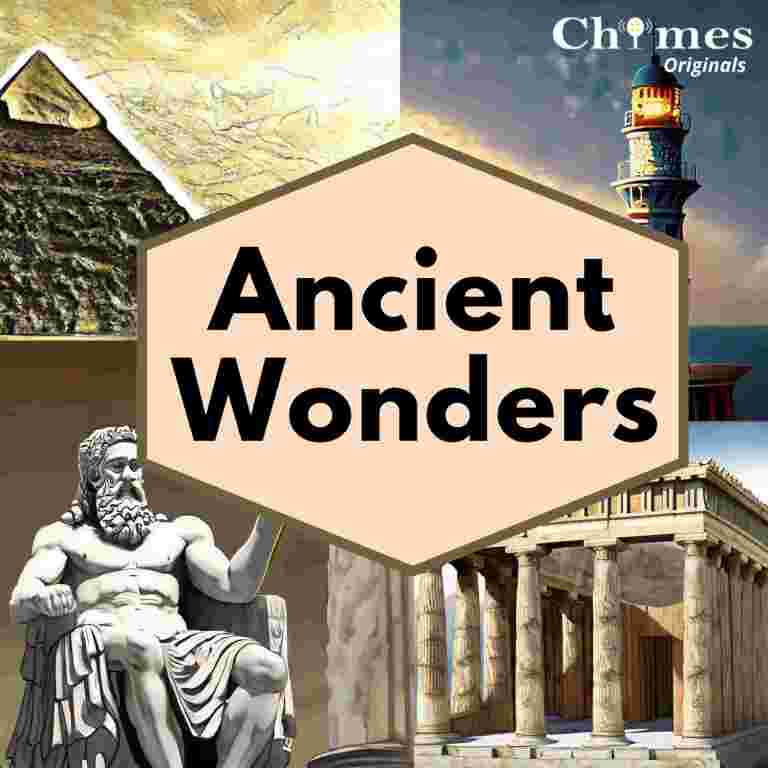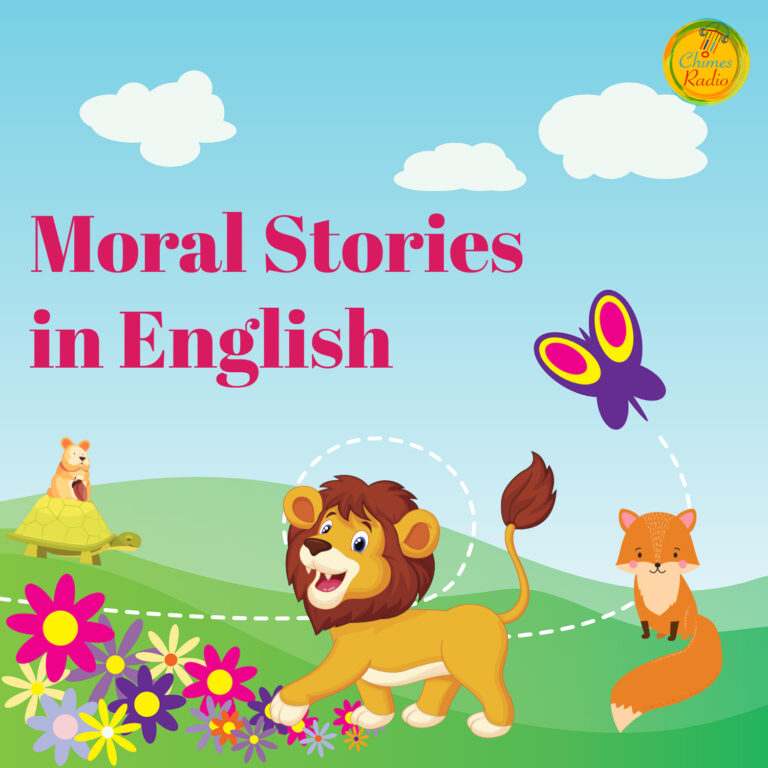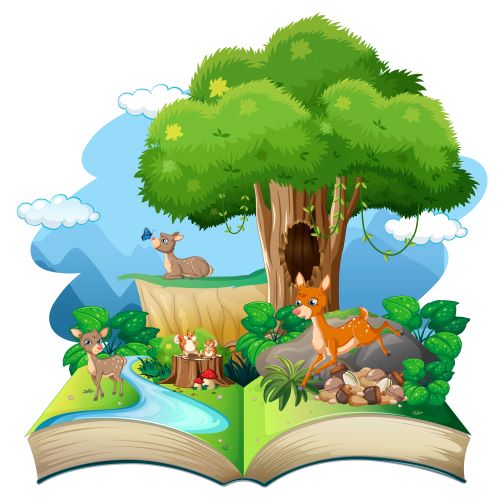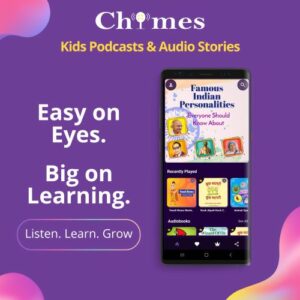Aesop's Fables: Introduction
Aesop’s Fables offer an excellent opportunity for parents, teachers, and storytellers to engage with children and guide them through the ups and downs of life. The stories also remind us, as adults, of the timeless wisdom encapsulated in these tales. So, whether you’re reading these fables to a child or revisiting them yourself, take a moment to appreciate the enduring power of Aesop’s storytelling. These fables have stood the test of time, reminding us that the best stories are those that teach us something valuable.
Who Was Aesop?
Aesop was a Greek fabulist and storyteller credited with a number of fables now collectively known as Aesop’s Fables. Although his existence remains unclear and no writings by him survive, numerous tales credited to him were gathered across the centuries and in many languages in a storytelling tradition that continues to this day.
In this blog, we’ll explore the 10 best Aesop’s Fables for kids and the valuable life lessons they impart.
1. The Tortoise and the Hare
Once, a swift hare boasted about his speed, making fun of the slow tortoise. They decided to race, and the hare dashed ahead but got so overconfident that he took a nap. The tortoise kept moving slowly but steadily and won the race.
The moral: Slow and steady wins the race.
Liked Aesop’s Fables? Try These 25 Best Moral Stories For Kids too >>
2. The Boy Who Cried Wolf
A shepherd boy pretended there was a wolf attacking the sheep to get attention. When a real wolf appeared and he cried for help, nobody believed him, and the wolf ate the sheep.
The moral: Honesty is important, and false alarms can lead to disbelief.
Also read Akbar Birbal Moral Stories in English >>
3. The Ant and the Grasshopper
An ant worked hard to collect food for the winter, while a grasshopper sang and played. When winter came, the ant had food, but the grasshopper had none.
The moral: Hard work and preparation pay off.
Liked Aesop’s Fables? Try these 25 Best Moral Stories For Kids too >>
4. The Fox and the Grapes
A fox tried hard but failed to reach some delicious grapes. Unable to get them, it declared that they were probably sour anyway.
The moral: Don’t belittle what you can’t have, and don’t make excuses.
5. The Lion and the Mouse
A mighty lion was trapped in a net, and a tiny mouse helped him escape. Later, the mouse needed help, and the lion returned the favor.
The moral: Even the small can help the mighty, and kindness is always rewarded.
6. The Town Mouse and the Country Mouse
A town mouse invited a country mouse to visit, but the country mouse preferred the simplicity and safety of his own home.
The moral: Sometimes, less can be more.
Liked Aesop’s Fables? Try These 25 Best Moral Stories For Kids too >>
7. The Dog and His Reflection
A dog found a bone and saw his reflection in the water. Thinking the reflection was another dog with a bigger bone, he dropped his bone to get the “better” one, losing what he had.
The moral: Greed can make you lose what you already have.
8. The Crow and the Pitcher
A crow found a pitcher with a little water at the bottom, but its beak couldn’t reach. The crow dropped pebbles into the pitcher until the water level rose and he could drink.
The moral: Intelligence can solve problems
9. The Wind and the Sun
The wind and the sun competed to make a traveler remove his coat. The wind blew fiercely, but the traveler clung to his coat. The sun gently warmed him, and he willingly removed it.
The moral: Kindness is often more effective than force.
Liked Aesop’s Fables? Try These 25 Best Moral Stories For Kids too >>
10. The Goose That Laid the Golden Eggs
A farmer owned a goose that laid golden eggs. Overcome by greed, he killed the goose to get all the eggs at once, only to find nothing inside.
The moral: Greed can lead to losing what you have, and patience is a virtue.
Aesop’s Fables are timeless for a reason. These stories are both entertaining and educational, making them ideal for kids. As children listen to these tales, they not only enjoy the stories but also internalize the essential life lessons embedded within them.
These fables are a treasure trove of wisdom that has been imparted for centuries. The themes are universal, and the characters, often animals, make them relatable to kids. Moreover, the simplicity of the narratives makes these fables accessible to children of all ages.
The beauty of Aesop’s Fables is that they encourage critical thinking and discussion. After reading or hearing a fable, parents and teachers can engage children in conversations about the story’s moral and its relevance to real-life situations. This not only enhances their comprehension but also fosters empathy and decision-making skills.


Seven Ancient Wonders Of The World
Seven Ancient Wonders Of The World Listen To Ancient Wonders

Summary of William Shakespeare’s Plays
Enjoy Shakespeare’s Tales in 5 Minutes Download The App






